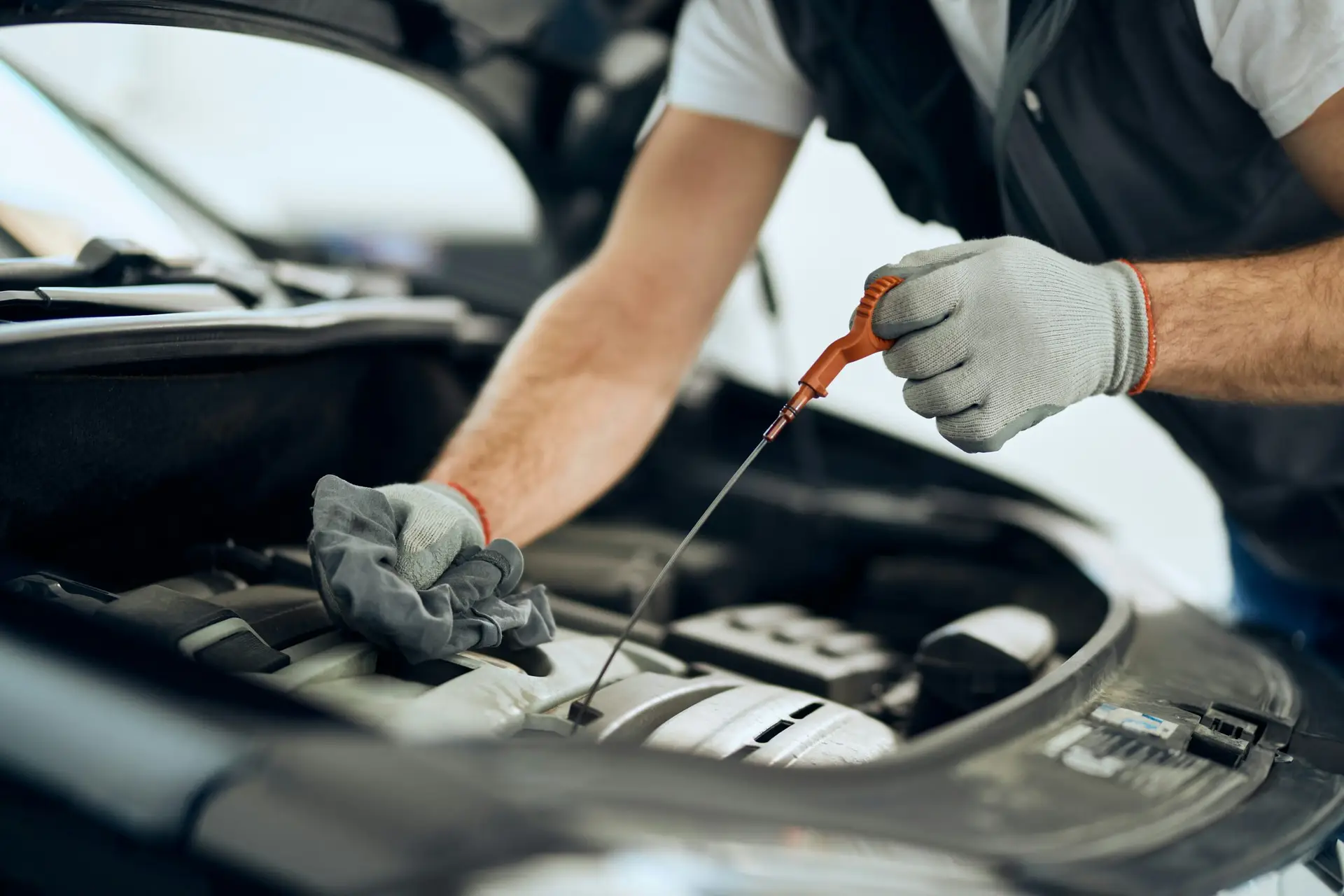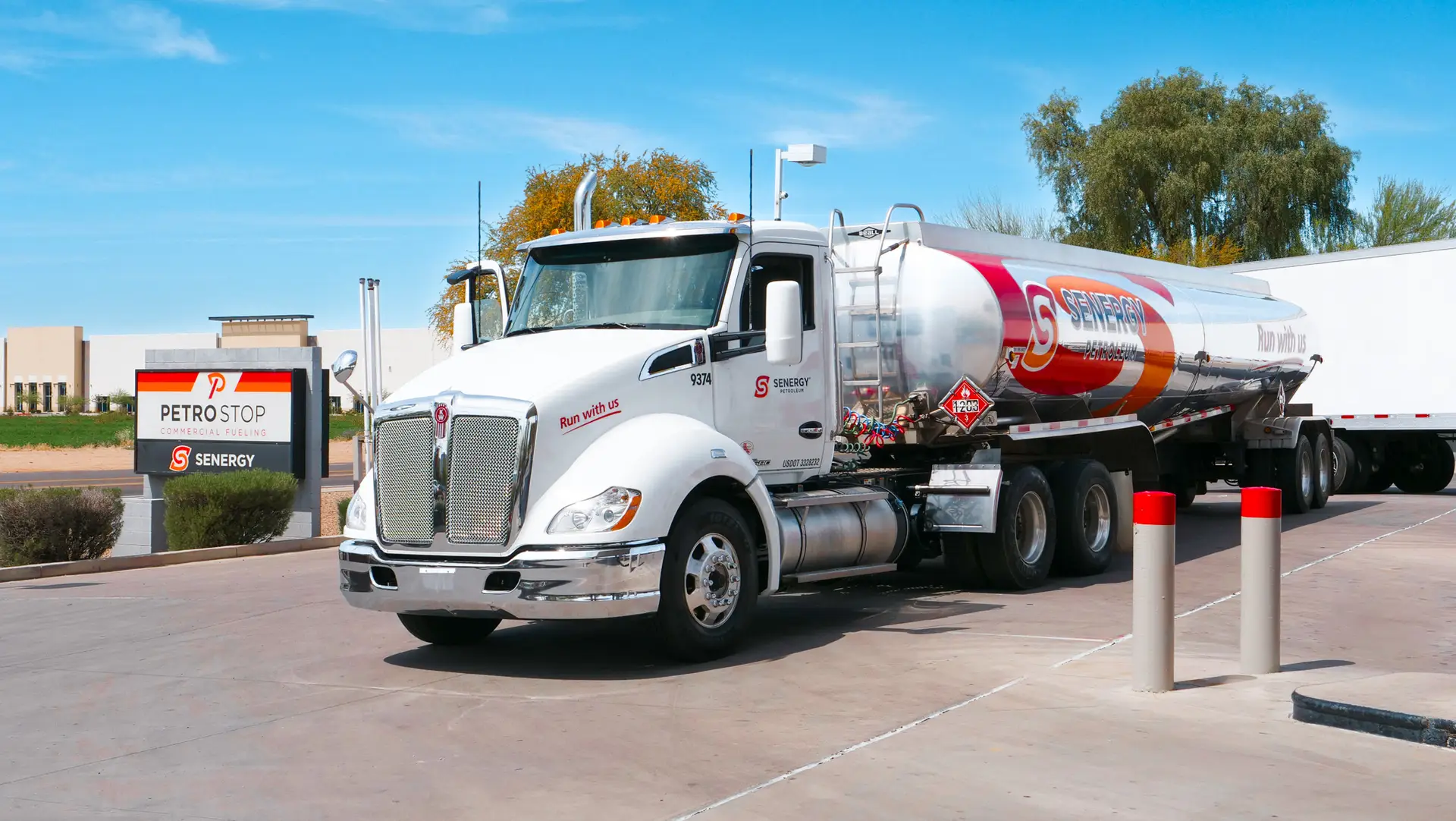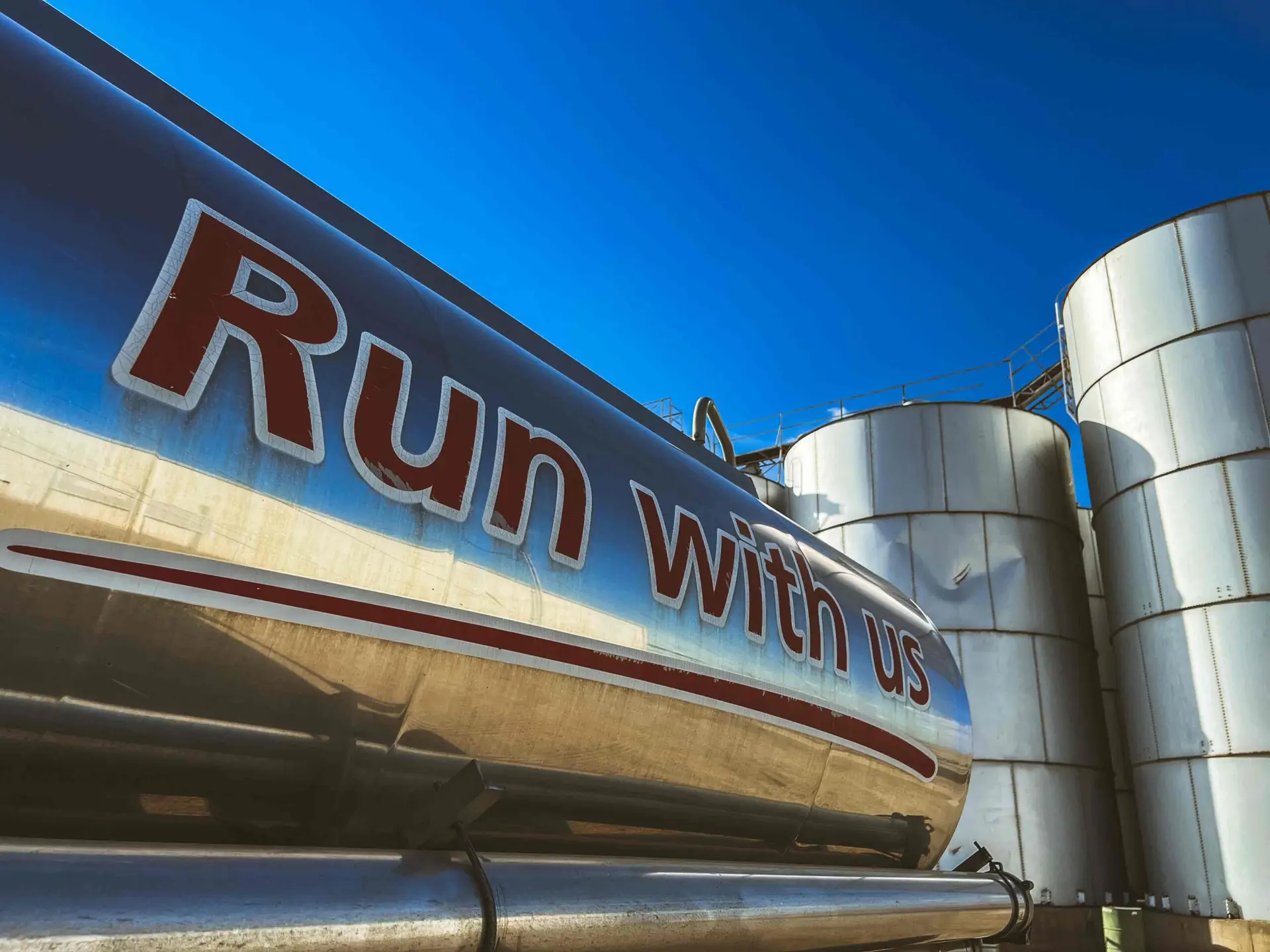Coolant plays a critical role in the performance and longevity of your engine. It regulates engine temperature under extreme operating conditions and helps prevent overheating. But coolant does more than just manage heat—it also protects against corrosion, lubricates the water pump, and supports overall thermal stability. Using the wrong type or poor-quality coolant can lead to internal corrosion, premature wear on engine components, and reduced performance. The right coolant helps extend engine life, reduce maintenance issues, and lower operating costs. For commercial and fleet vehicles, coolant performance is key to ensuring reliability and avoiding unplanned downtime.



